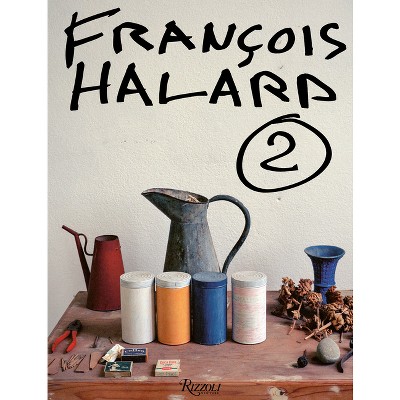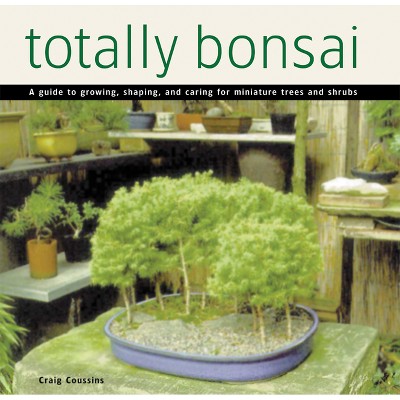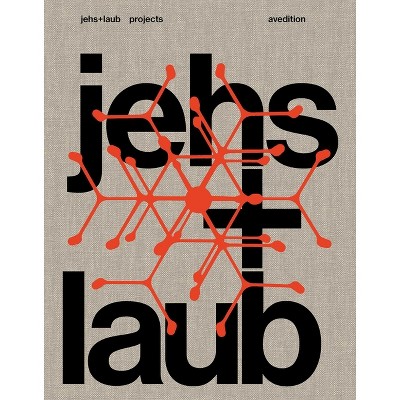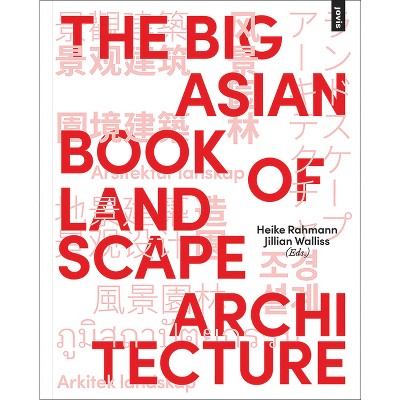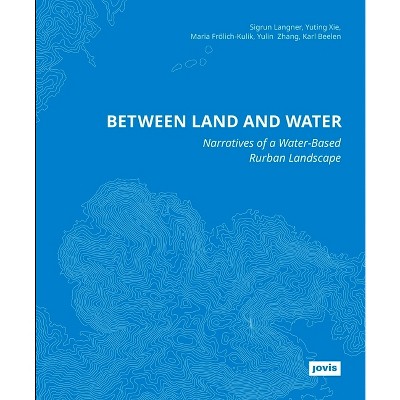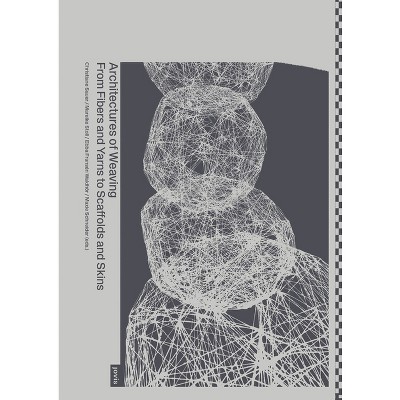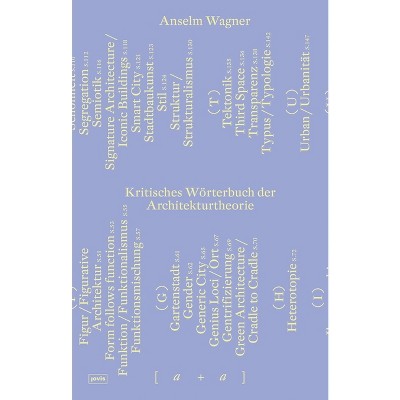Sponsored

Designing Parks - (Hardcover)
In Stock
Sponsored
About this item
Highlights
- Landscape architecture can be more than aesthetically innovative: it can contribute to integration in society, social stability, and a vibrant public life.
- About the Author: Leonard Grosch / Constanze A. Petrow
- 216 Pages
- Architecture, Landscape
Description
Book Synopsis
Landscape
architecture can be more than aesthetically innovative: it can
contribute to integration in society, social stability, and a
vibrant public life. But how does a park become an intensively used
stage, a well-visited everyday location? What constitutes the "boon of
life" (Jane Jacobs)? And what makes a park urban?
The Park am
Gleisdreieck in Berlin--developed between 2007 and 2014--was initiated by
citizens and built in dialogue with them. This publication presents the
principles underlying its design. They form a toolbox for big city
parks that can be used in diverse ways, stimulate interaction, and
appeal to the senses. Furthermore, the book situates the park within
the contemporary work of landscape architecture and shows how visitors
perceive the park and its atmospheres. Overall, this work lays out the
design elements that model a successful citizens' park in the
twenty-first century: Many voices have contributed to its development;
its design is dynamically complex, and the park invites change and
appropriation.
About the Author
Leonard Grosch / Constanze A. PetrowShipping details
Return details
Trending Non-Fiction





